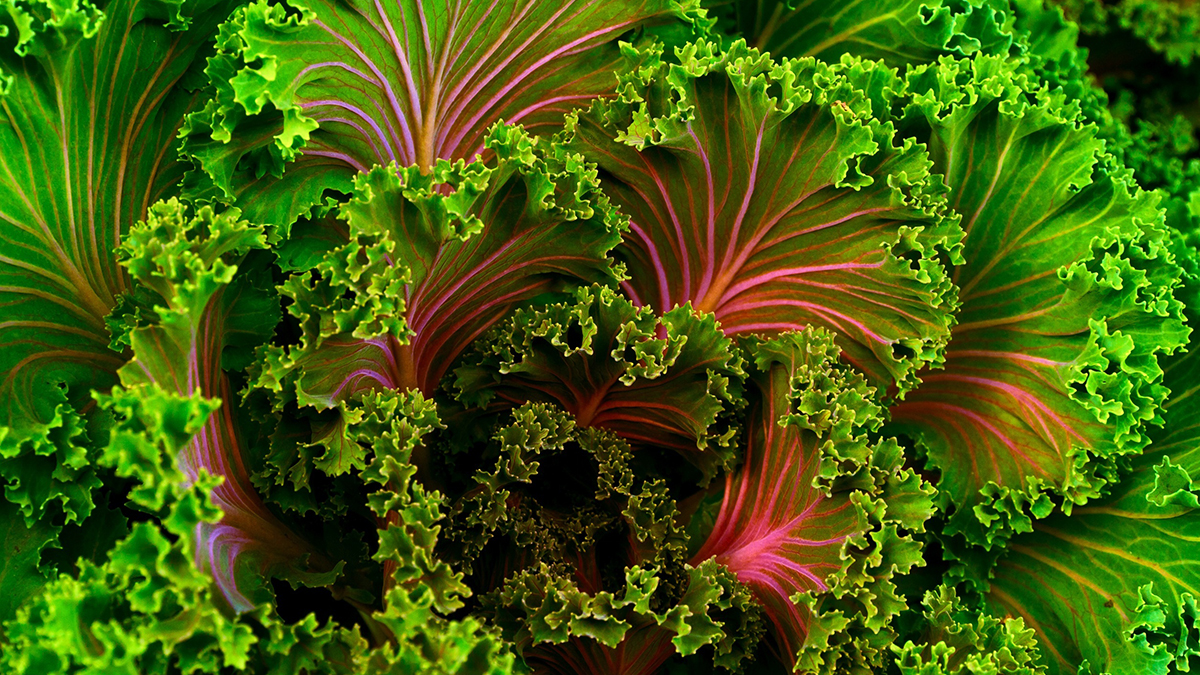
Leaf vegetables, also called potherbs, greens, vegetable greens, leafy greens or salad greens, are plant leaves eaten as a vegetable, sometimes accompanied by tender petioles and shoots.
Although they come from a very wide variety of plants, most share a great deal with other leaf vegetables in nutrition and cooking methods.
Nearly one thousand species of plants with edible leaves are known. Leaf vegetables most often come from short-lived herbaceous plants such as lettuce and spinach.
Woody plants whose leaves can be eaten as leaf vegetables include Adansonia, Aralia, Moringa, Morus, and Toona species.The leaves of many fodder crops are also edible by humans, but usually only eaten under famine conditions. Examples include alfalfa, clover, and most grasses, including wheat and barley.
When you eat raw food, you not only feel energised, but also look better. Raw food items include fresh fruits, vegetables, nuts, dried fruits, seeds, grains and sprouted legumes, seaweed or spirulina, chlorella and freshly extracted fruit and vegetable juices.
Raw fruit and vegetable juices contain biologically active components called enzymes, which play an important role in all metabolic activities. Enzymes are essential for digesting food, releasing energy from the food you eat, stimulating brain function, and repairing tissues, organs and cells.
Even if you are consuming sufficient vitamins and minerals, you may not be completely healthy, if your body does not have a good supply of enzymes.Incorporating raw food in your diet.
- Eat at least one bowl of sprouts every day. You could partially cook or steam them with asafoetida, if you suffer from gas or bloating.
- Include a glass of vegetable or fruit juice in your diet. Ensure that you drink the vegetable or fruit juice within 20 minutes of extraction.
- Foods like papaya, pineapple, mangoes and bananas should be consumed frequently.
These plants are often much more prolific than more traditional leaf vegetables, but exploitation of their rich nutrition is difficult, primarily because of their high fiber content. This obstacle can be overcome by further processing such as drying and grinding into powder or pulping and pressing for juice.
Leaf vegetables contain many typical plant nutrients, but since they are photosynthetic tissues, their vitamin K levels in relation to those of other fruits and vegetables, as well as other types of foods, is particularly notable.
The reason is that phylloquinone, the most common form of the vitamin, is directly involved in photosynthesis. This causes leaf vegetables to be the primary food class that interacts significantly with the anticoagulant pharmaceutical warfarin.